Ringworm Prevention
What is Ringworm and why should I worry about it?
First of all, Ringworm (Tinea corporis) is not a worm, but a fungal infection of the skin. Ringworm got its name from the circular, ring-like spots that develop once you come in contact with it. The spots are usually red, scaly and itchy appearing between one and two weeks after the skin comes in contact with the fungi that cause the infection. Ringworm is highly contagious as long as it's alive. This means it can spread to other parts of your body and via person to person contact, even while you are being treated. Athlete's with pets should be aware of the fact that animals can have or carry ringworm. While ringworm may clear up on its own, once suspected, it is best to seek treatment from a qualified medical professional or use over the counter antifungal treatments.
Fungi call some of our favorite places home: the mats, wrestling rooms, gyms, locker rooms can and usually do have ringworm present. Even the cleanest training facilities are susceptible to an outbreak of ringworm. This is because they are warm, moist environments where fungi thrive. Remember, it is possible that ringworm can be present without any obvious indications.
Types of Ringworm
The official medical term for ringworm is Tinea but there are many different types depending on where the fungus is located:
- Tinea corporis - ringworm of the body
- Tinea capitis - ringworm of the scalp
- Tinea faciei - ringworm of the face
- Tinea manus - ringworm of the hand
- Tinea barbae - ringworm of the beard
- Tiena cruris - ringworm of the groin (jock itch)
- Tiena pedis - ringworm of the foot (athlete's foot)
- Tiena unguium - ringworm of the nails
Ringworm Symptoms
Ringworm can typically appear between 4 and 14 days after the skin comes in contact with the fungi that cause ringworm.
Since you can get ringworm anywhere there are many symptoms to look out for. For contact sport athletes, the most common symptoms include a scaly, patchy ring-shaped area with a clear or scaly area inside the ring(s). There may also be red bumps present within the ring(s). The area is usually slightly raised and is often itchy. Overlapping rings can also be present. Sometimes, there may be a swollen, inflamed mass known as a kerion, which oozes fluid which can sometimes be confused with impetigo or cellulitis.
Ringworm Prevention for Contact Sports Athletes
- Keep your skin clean and dry.
- Shower immediately after training or competitions with a quality soap.
- Wear shoes that allow air to circulate freely around your feet.
- Don’t walk barefoot in areas like locker rooms and gyms, especially showers.
- Trim fingernails and toenails and keep them clean.
- Change your socks and underwear at least once a day, especially after training.
- Obviously don’t share clothing, towels, sheets, or other personal items with someone who has ringworm.
- Keep all of your training equipment clean.
- Wash uniforms, Gi's or training clothes immediately after use to prevent the fungal growth.
- Wash your hands with soap and running water after playing with pets. If you suspect that your pet has ringworm, take them to see a veterinarian.
Preventing The Spread Of Ringworm Following Exposure?
If you already have ringworm, do not waste time in getting yourself treated. Also:
- Cover the infected area.
- Keep it dry and clean.
- Apply over the counter (OTC) topical antifungal such as terbanifine (Lamisil AT).
- Check your pet for ringworm. If you find your pet has ringworm, take them to the vet immediately.
How Long Is Ringworm Contagious?
Ringworm is extremely contagious as long as there are fungal spores present in the skin, and they are active. When a person catches ringworm, transmission of the infection can occur even before the rash appears on the body.
In general, ringworm is not contagious about 24-48 hours after topical medication treatment. However, treatment protocols usually require about one to two weeks of treatment. If treatment is interrupted or not completed, it is possible to have ringworm reoccur.
Ringworm spores can also stay alive on clothing, bedding, and elsewhere as long as their food supply (dead skin cells) is present, and they have a moist and warm environment. Spores can live for as long as 12 to 20 months in the right environment which is why good hygiene and incorporating a preventative approach is critical
Our Approach
Training grappling, Jiu-Jitsu, wrestling or MMA comes with lots of sweat, hard work and getting up close and personal with your opponent. As a result you will inevitably be exposed to the most common gym related infections: Ringworm, MRSA, Staph or herpes. This means that you will be taking home anything your opponent brings to the gym no matter how hard you try not to. Knowing what to do if this happens and how to treat the problem is something every athlete should be aware of not only for themselves but for their training partners.
At Contact Sports Soap our approach to ringworm is a preventative one. By keeping the natural flora on your skin strong and intact you give your bodies natural anti-bacterial, anti-viral and anti-fungal defenses strong. This has shown to be an effective, safe and natural way to help clean away the environmental conditions which cause MRSA, Ringworm, Impetigo, Staph, and Herpes to flourish. Give our anti ringworm soap a try!


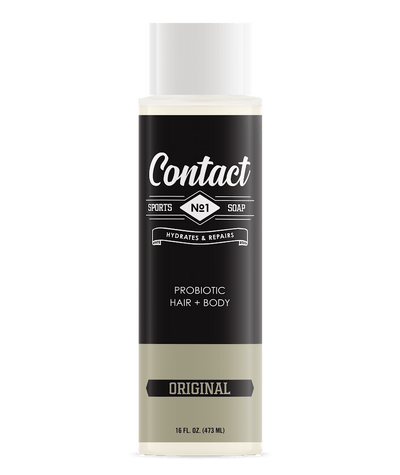
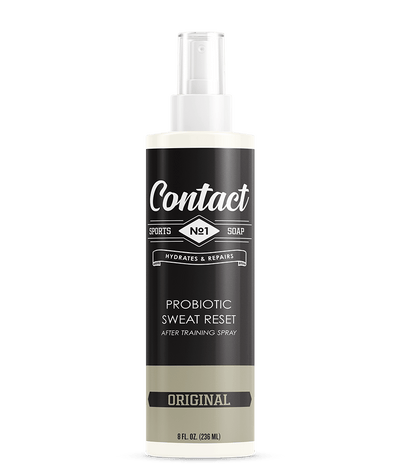
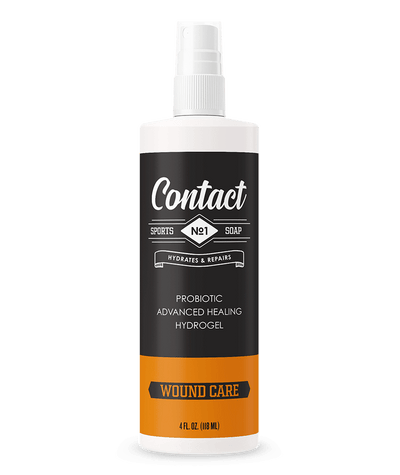
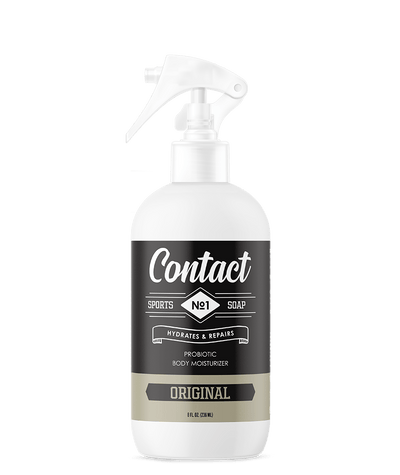
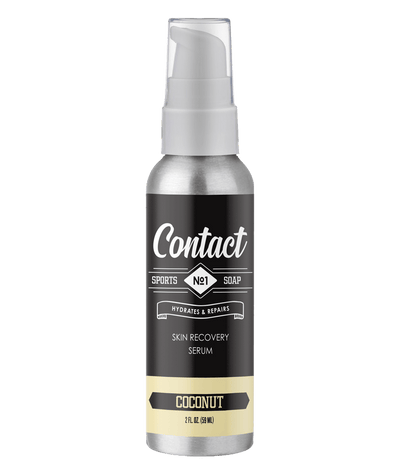

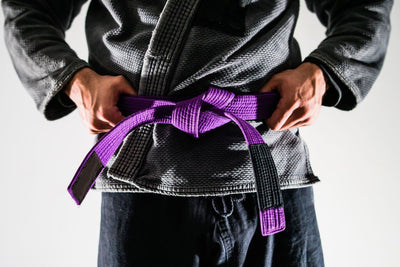
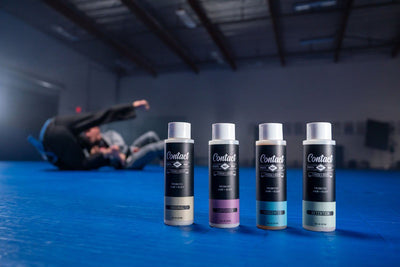
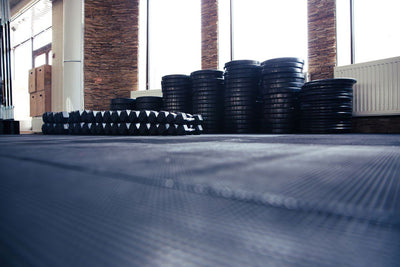
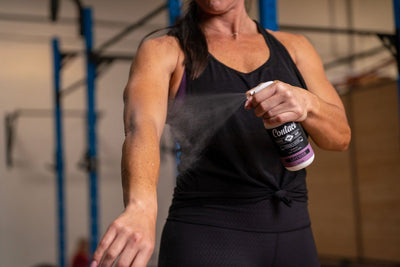
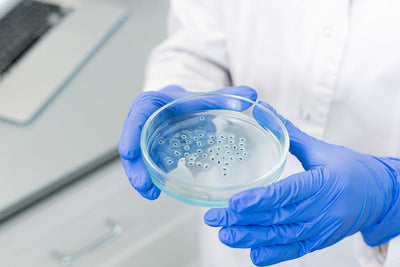
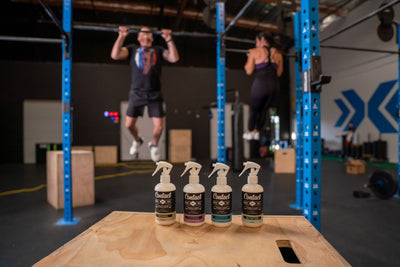
Leave a comment